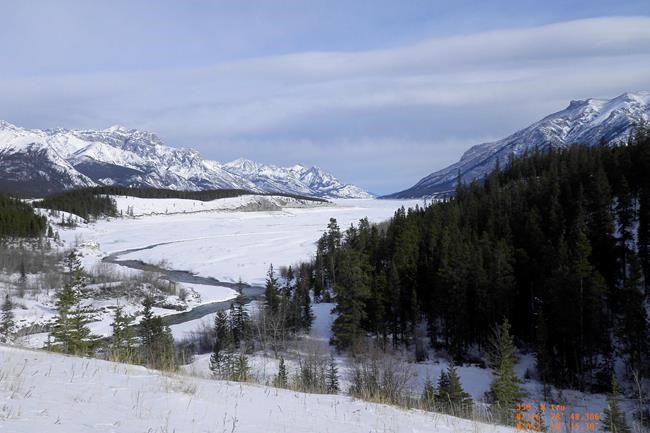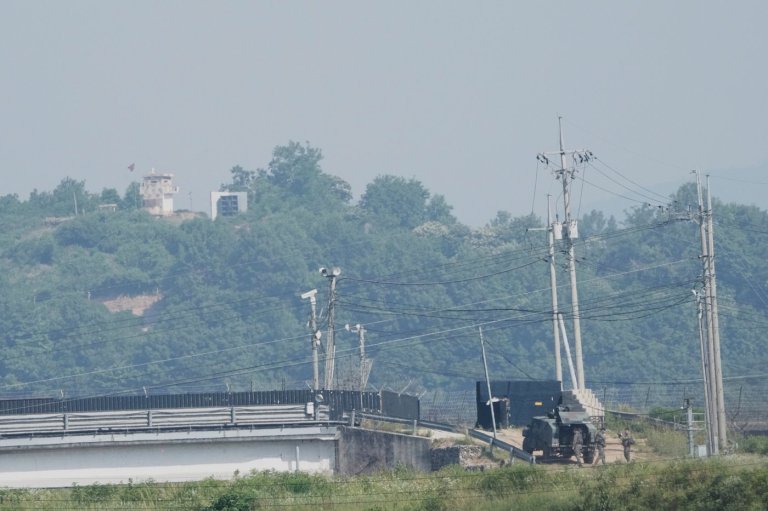
Study: Pacific coast was route for colonizing the Americas
NEW YORK – Researchers have found new evidence that the first Americans migrated south from Alaska via the Pacific coast, rather than a route hundreds of miles inland along the Rocky Mountains.
The colonization of the Americas began after people arrived from Siberia, crossing an ancient land bridge called Beringia into Alaska. Huge ice sheets largely blocked the way south, but a gap in western Canada was long thought to provide an ice-free corridor for migration into the continent.
That idea ran into a problem as archaeologists documented human presence in the Americas at earlier and earlier times. The corridor appeared some 15,000 to 14,000 years ago as the ice sheets retreated, but studies suggest that people had reached South America by at least 14,700 years ago. Even if one accepts the earliest date for the corridor, it’s hard to believe the migration could have gone so far south, so fast.
So in recent years, many scientists have concluded that the first southward migrants travelled along the Pacific coast instead, either in boats or on land.
The new research, released Wednesday by the journal Nature, casts further doubt on the inland corridor. It suggests that even after the corridor appeared, it wasn’t suitable for migration until about 12,600 years ago.
That’s because it lacked plants and game that people would need to sustain themselves on the long journey, researchers concluded.
The paper, by Eske Willerslev of Cambridge University and the University of Copenhagen in Denmark, and coauthors, analyzed pollen and traces of animal DNA from ancient sediments of two lakes near Fort St. John in northeastern British Columbia. That general area is where the corridor last opened.
The paper follows another recent study of the corridor that also concluded it became habitable too late for the first migration south.
The earlier paper used a different method to assess habitability, and one of its authors, Beth Shapiro of the University of California, Santa Cruz, said in an email that “it’s great when two different (approaches) agree on an issue that has been unresolved for such a long time.”
___
Online:
Journal Nature: http://www.nature.com/nature
___
Follow Malcolm Ritter at http://twitter.com/malcolmritter His recent work can be found at http://bigstory.ap.org/content/malcolm-ritter
Join the Conversation!
Want to share your thoughts, add context, or connect with others in your community? Create a free account to comment on stories, ask questions, and join meaningful discussions on our new site.













Leave a Reply
You must be logged in to post a comment.